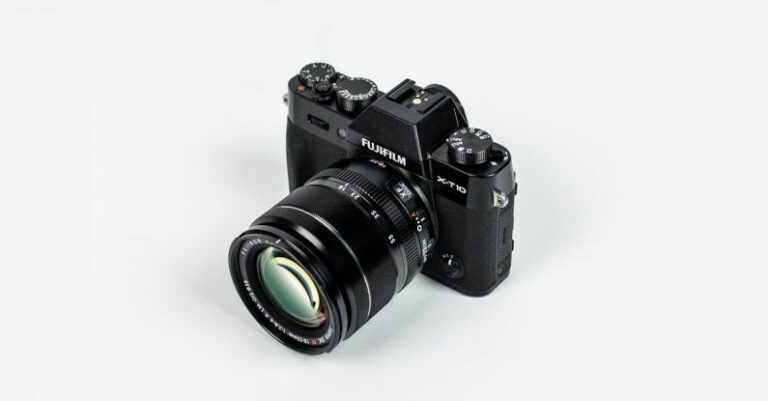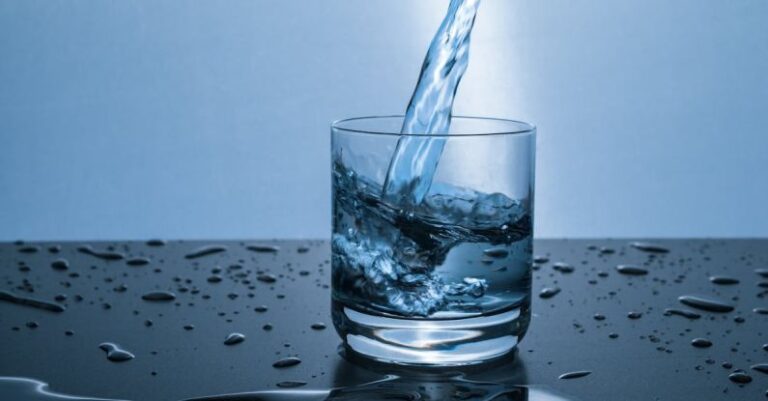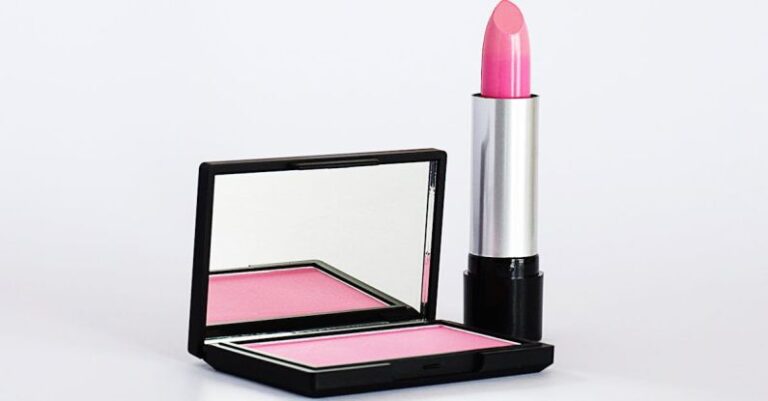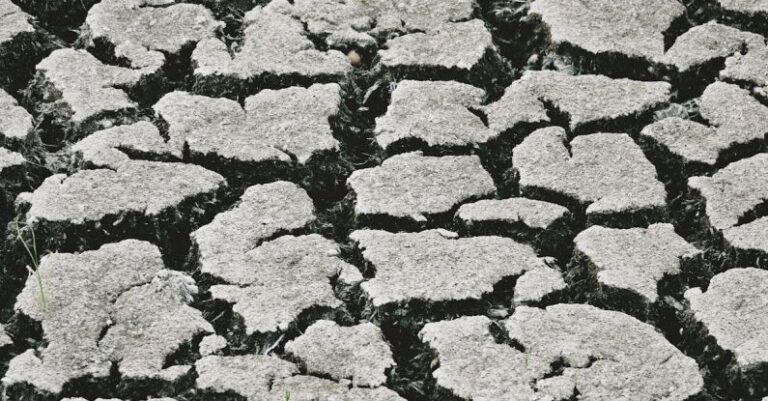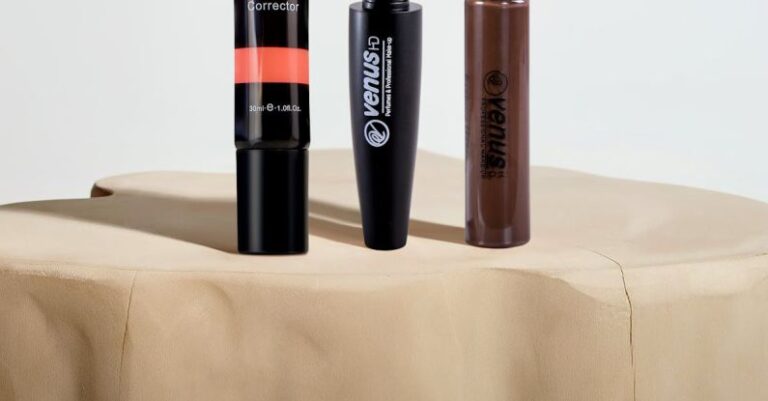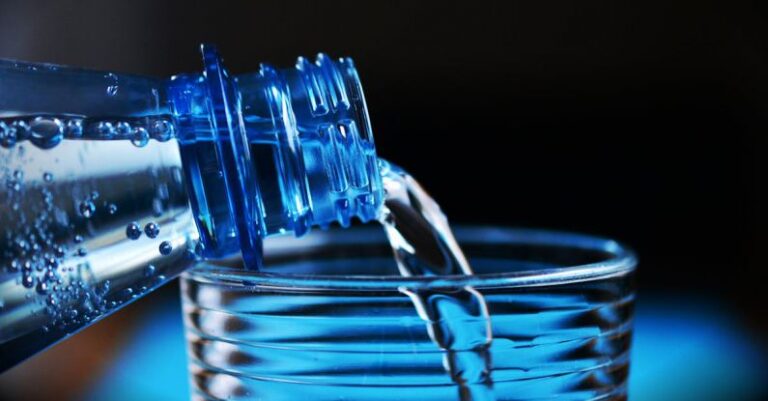
Our skin is our body’s largest organ, and it requires proper care to maintain its health and appearance. Two key terms often used in skincare are hydration and moisturization. While they may seem similar, they serve different purposes in keeping our skin in top condition. Understanding the distinction between the two can help in choosing the right products and routines to achieve healthy, glowing skin.
**Hydration vs. Moisturization: What’s the Difference?**
**Hydration: Quenching Your Skin’s Thirst**
Hydration refers to the process of increasing the water content in the skin. Just like our bodies need water to function correctly, our skin also requires hydration to stay healthy and function optimally. Dehydrated skin lacks water, which can lead to a dull complexion, tightness, and even exacerbate fine lines and wrinkles.
Hydration is essential for all skin types, including oily skin. Proper hydration can help balance oil production, as dehydrated skin may overcompensate by producing more oil, leading to breakouts and congestion. Hydrated skin appears plumper, smoother, and more radiant.
**Moisturization: Locking in Moisture**
Moisturization, on the other hand, focuses on trapping and sealing moisture into the skin. While hydration adds water to the skin, moisturization involves using products to create a protective barrier that prevents water loss. This barrier helps maintain the skin’s hydration levels by preventing moisture from evaporating into the environment.
Moisturizers come in various forms, such as creams, lotions, and oils, and they contain ingredients like humectants, emollients, and occlusives. Humectants attract water to the skin, emollients soften and smooth the skin, while occlusives create a barrier to seal in moisture.
**Choosing the Right Products for Your Skin**
When it comes to skincare, both hydration and moisturization are crucial steps in achieving healthy skin. However, the products you use should cater to your skin type and concerns.
For dehydrated skin, incorporating hydrating serums or essences with ingredients like hyaluronic acid can help replenish moisture levels. These products are lightweight and easily absorbed, making them suitable for all skin types.
On the other hand, if your skin feels dry or lacks a protective barrier, opt for richer moisturizers that contain nourishing ingredients like shea butter or ceramides. These products are ideal for locking in moisture and preventing transepidermal water loss.
**The Importance of a Balanced Skincare Routine**
Balancing hydration and moisturization is key to maintaining healthy skin. While hydration provides the skin with essential water content, moisturization ensures that this hydration is locked in and protected.
A well-rounded skincare routine should include products that address both hydration and moisturization. This may involve layering products, starting with lightweight hydrating serums and finishing with a moisturizer to seal in moisture.
**Achieving Healthy, Glowing Skin**
By understanding the difference between hydration and moisturization, you can tailor your skincare routine to meet your skin’s specific needs. Whether you’re dealing with dehydrated skin, dryness, or simply aiming for a radiant complexion, incorporating products that focus on both hydration and moisturization can help you achieve your skincare goals. Remember, healthy skin is hydrated, moisturized, and well cared for, so invest in products that nourish and protect your skin for a glowing complexion.
